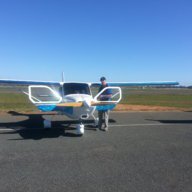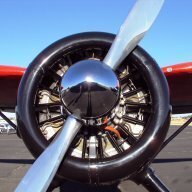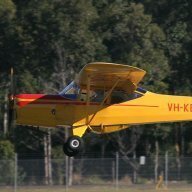Sadly the CT impacts on Av-fuels will mean our flying will become slightly more expensive and will also cause a knock on effect into higher GST that most won't be able to recover in private use.
Whilst some individuals will continue to argue the science is a nonsense, it is now clear, in my mind, that there are no credible institutions apposed to the mainstream scientific belief that, among other gases, Co2 is harmful to our atmosphere and is one of the key factors in causing global warming. I do not wish to debate this point as this is my belief based on my own research and understanding ... I am happy for you to have your opinion whatever it may be.
I terms of tax .... There are some that will argue that the use of a tax impost is only locally effective and not as globally efficient as applying a commodity trading options in offsets credits ... some will argue that simply applying CO2 caps and penalties is even more locally effective than a CT. Personally I can see the point of all 3 different approaches dependent upon the various political landscapes and levels of capabilities of countries at any one point in time.
As for us in Australia, the political influence has had more to do with which mechanism has been used and the CT has won out for now ... overtime it will evolve into (in my opinion) a more globally effective trading mechanism that will help change global behaviour and target the lower hanging technology fruit to assist in CO2 reduction in a more meaningful and cost effective way.
Unfortunately, Av-fuels carbon taxes is here to stay.... it's a one way street and it's up hill from here on out, unless we find and use an alternative.
Cheers
Vev
 Hi Jack, No we haven't done anymore filming since the last one. Plane was grounded for a couple of weeks, as we had some airbrushing done on her. I hope to get a bracket made up to put on the outside and see how that goes. She cruises pretty nicely around the 120 knt mark with some more to go under the bonnet if I need. Talk soon Brian.
Hi Jack, No we haven't done anymore filming since the last one. Plane was grounded for a couple of weeks, as we had some airbrushing done on her. I hope to get a bracket made up to put on the outside and see how that goes. She cruises pretty nicely around the 120 knt mark with some more to go under the bonnet if I need. Talk soon Brian.



